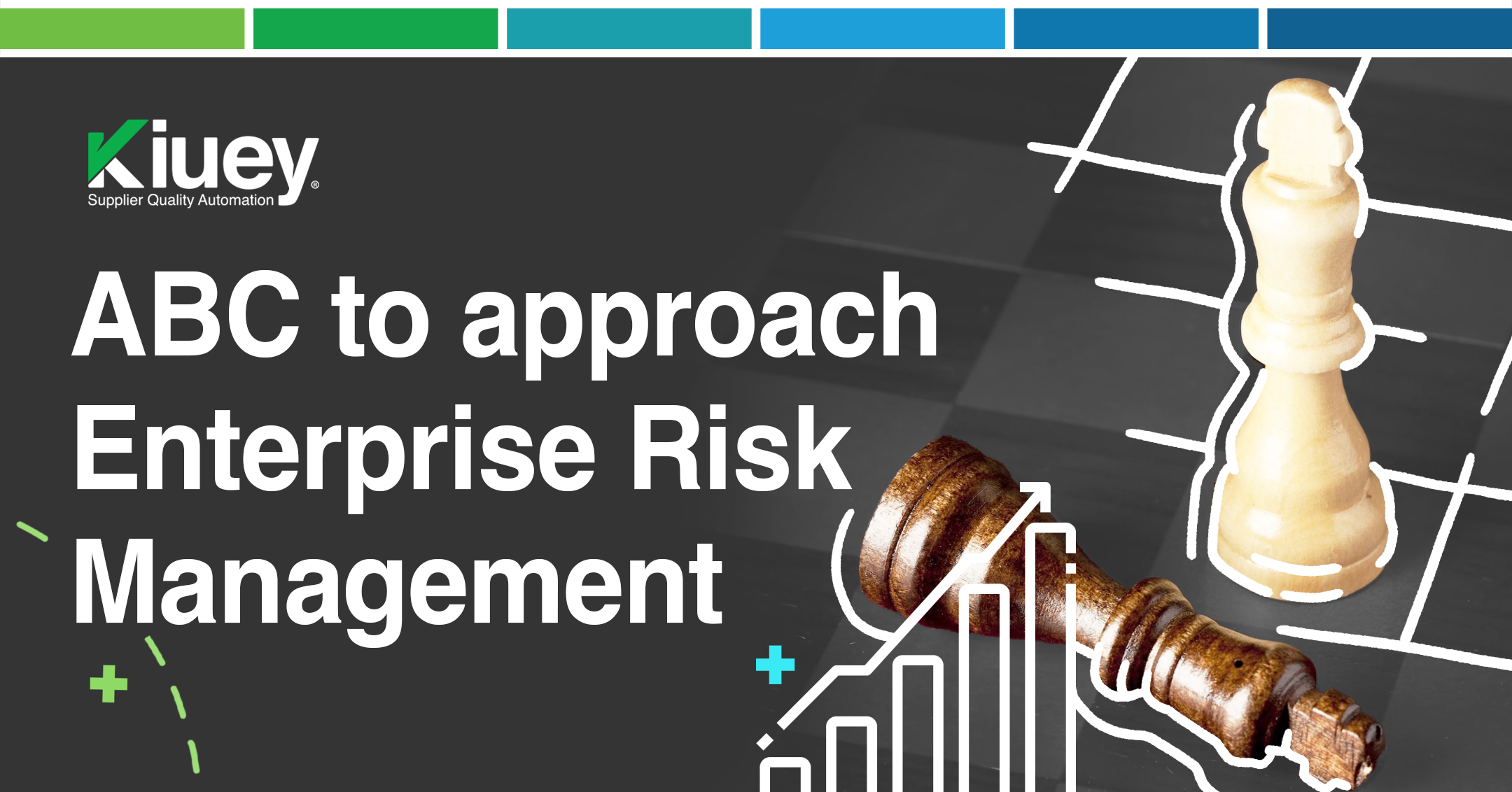
In today’s complex business environment, organizations face a myriad of potential risks, including cyberattacks, data breaches, system failures, and natural disasters. Effective risk management is essential to protect assets, mitigate threats, and ensure business continuity.
Identifying and Prioritizing Risks
The first step in risk management is to identify potential risk factors. Organizations that fail to acknowledge the existence of risks are ill-prepared to handle them when they materialize. By conducting a thorough risk assessment, organizations can gain a clear understanding of the threats they face and prioritize them based on their likelihood and potential impact.
Leveraging Enterprise Risk Management (ERM)
Many organizations have already implemented Enterprise Risk Management (ERM) processes. ERM provides a structured framework for identifying, assessing, and managing risks across the entire organization. Companies with quality/environmental systems certified to standards like ISO9001 often rely on ERM to protect their products and processes.
Utilizing Risk Assessment Tools
A variety of tools and methods are available for analyzing risk. One of the most widely used tools is Failure Mode and Effects Analysis (FMEA). FMEA helps identify potential failure modes, their causes, and their effects. By understanding these elements, organizations can develop effective risk mitigation strategies.
Integrating Risk Controls into Products and Processes
Once potential risks have been identified, it is essential to implement appropriate risk controls. These controls should be documented into product or process requirements to ensure their effective implementation. It is crucial to avoid the common pitfall of jumping directly to risk controls without considering the underlying processes.
Continuous Monitoring and Improvement
Enterprise risk management is an ongoing process that requires continuous monitoring and improvement. Organizations should regularly review their risk assessments, update risk controls, and communicate risk information to stakeholders.
Best Practices for Effective Risk Management
- Consult with Quality Experts: Quality organizations can provide valuable guidance and expertise in facilitating FMEAs and other risk assessment techniques.
- Involve Stakeholders: Include internal and external stakeholders in risk communications to foster a shared understanding of risks and facilitate collaboration.
- Regularly Review Risk Management Policies: Ensure that risk management policies are up-to-date and relevant to the organization’s current circumstances.
By following these best practices and implementing a comprehensive enterprise risk management approach, organizations can effectively mitigate risks, protect their assets, and enhance their overall resilience.
Subscribe to our newsletter.
Your go-to destination for insights, best practices, and innovative solutions in supplier quality assurance.
Recent Posts
Improve vendor oversight & reduce risks with automated audits
November 19, 2025
How to solve missed deadlines due to late approval in PPAP
November 13, 2025
The benefits of digital tools for CAPA management
November 11, 2025
The 18 PPAP elements explained: What you need to know
November 5, 2025
Categories
Let's talk to see how PPAP Manager can help your company to save time and money.




